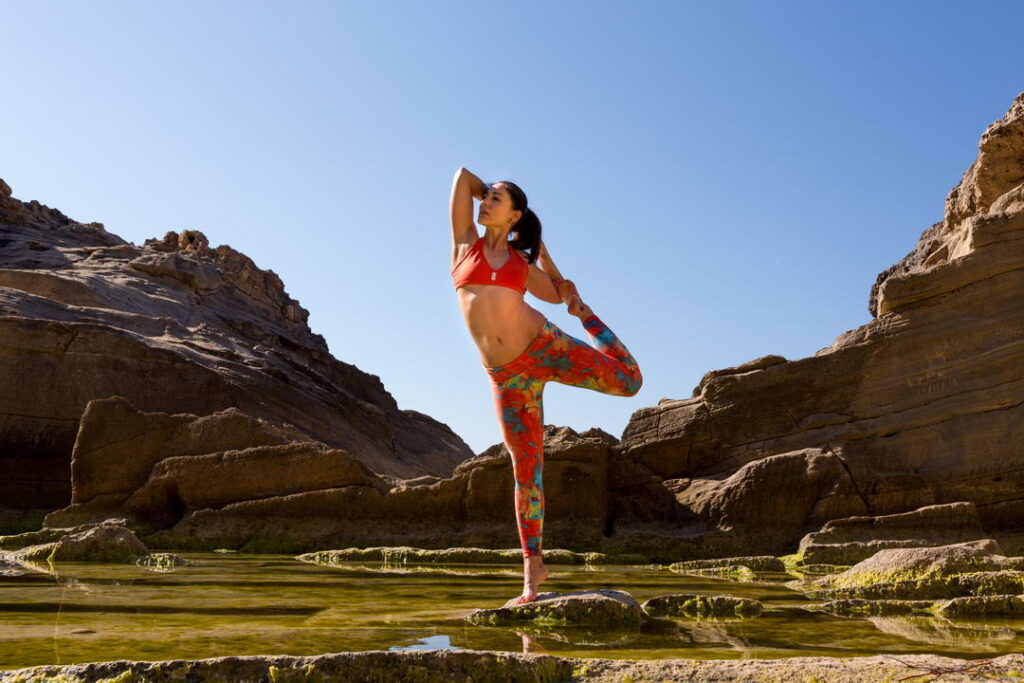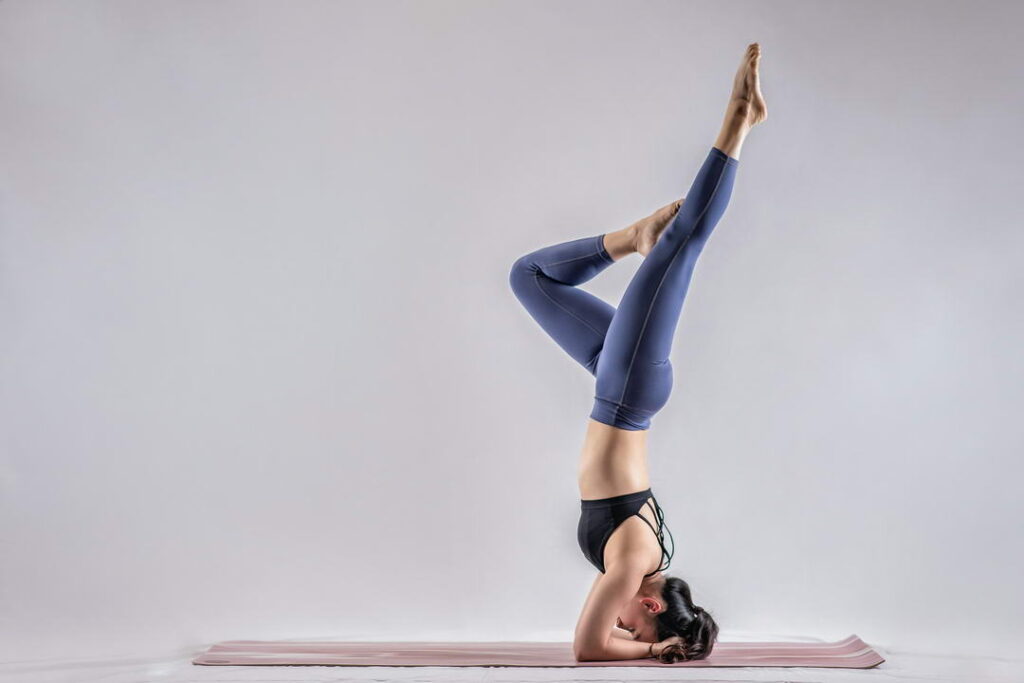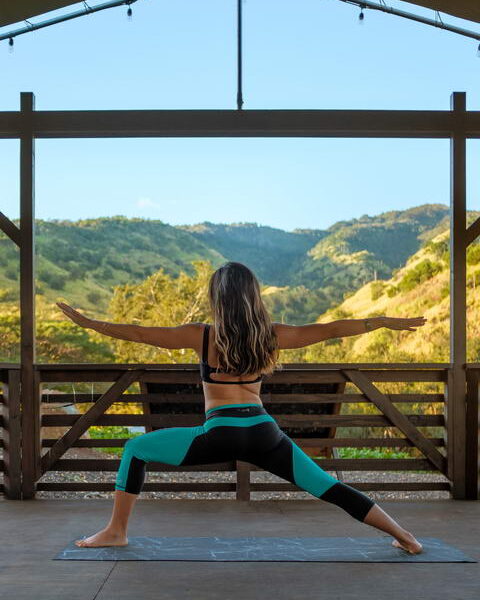Yoga as a Holistic Exercise: Can It Be Your Sole Physical Activity?
Yoga, with its deep roots in mindfulness, flexibility, and strength, has gained immense popularity as a comprehensive form of exercise. But can yoga be your only exercise? The answer depends on your fitness goals, preferences, and overall health. In this article, we’ll explore the benefits and limitations of using yoga as your sole exercise and help you determine if it’s the right fit for your lifestyle.
Explore Meditation Retreats & Wellness Retreats
Explore Yoga Retreats with Tejomaia.com

The Benefits of Yoga as a Sole Exercise:
- Holistic Approach:Yoga is a holistic practice that engages not only the body but also the mind and spirit. It offers physical benefits, stress reduction, and enhanced mental clarity in a single practice.
- Flexibility and Range of Motion:Yoga is renowned for its ability to improve flexibility and joint mobility. Regular practice can help prevent injuries and improve overall body alignment.
- Strength Building:While yoga might not involve heavy weights, it effectively builds functional strength by utilizing body weight and resistance. Poses like planks, arm balances, and inversions challenge muscle groups across the body.
- Mind-Body Connection:Yoga emphasizes breath awareness and mindfulness, fostering a strong mind-body connection that can positively impact other areas of life.
- Stress Reduction:Yoga’s emphasis on relaxation, breath control, and meditation can significantly reduce stress and improve overall mental well-being.
Limitations of Yoga as Sole Exercise:
- Cardiovascular Fitness:Yoga’s focus on slow, controlled movements may not provide the same cardiovascular benefits as high-intensity exercises like running or cycling.
- Bone Health:While yoga improves muscular strength, it may not be sufficient for maintaining optimal bone density, especially for older adults. Weight-bearing exercises like resistance training are crucial for bone health.
- Specific Muscle Groups:Yoga works various muscle groups, but it might not target all muscle groups equally. Supplementing with other exercises ensures comprehensive muscle development.
- Variety:Relying solely on yoga might lead to monotony and burnout. Incorporating different exercises can keep your routine engaging and enjoyable.
- Fitness Goals:If your goals include specific outcomes like muscle hypertrophy, endurance, or high-level athleticism, combining yoga with other exercises can help you achieve those goals more effectively.
Finding Balance: Integrating Yoga with Other Exercises:
The most effective approach to fitness is often a balanced one. If you’re drawn to the benefits of yoga but also want to address specific fitness goals, consider integrating yoga with other forms of exercise:
- Cardiovascular Exercise:Include activities like running, swimming, or cycling to improve cardiovascular fitness and burn calories.
- Strength Training:Incorporate resistance training with weights or resistance bands to target specific muscle groups and promote bone health.
- Flexibility and Mobility:While yoga promotes flexibility, adding dynamic stretching and foam rolling can further enhance joint mobility.
- Mind-Body Connection:Yoga’s mindfulness aspect can complement any fitness regimen. Incorporate mindfulness techniques into your other exercises to enhance focus and reduce stress.

Yoga is a versatile practice that offers numerous physical and mental benefits. While it can serve as a comprehensive form of exercise, its effectiveness as the sole exercise depends on your individual goals and needs. Integrating yoga with other exercises allows you to create a well-rounded fitness routine that addresses cardiovascular fitness, strength, bone health, and specific muscle groups. The key is to design a fitness plan that aligns with your goals, preferences, and lifestyle, ensuring a holistic approach to physical well-being.
Explore Meditation Retreats & Wellness Retreats
Explore Yoga Retreats with Tejomaia.com


